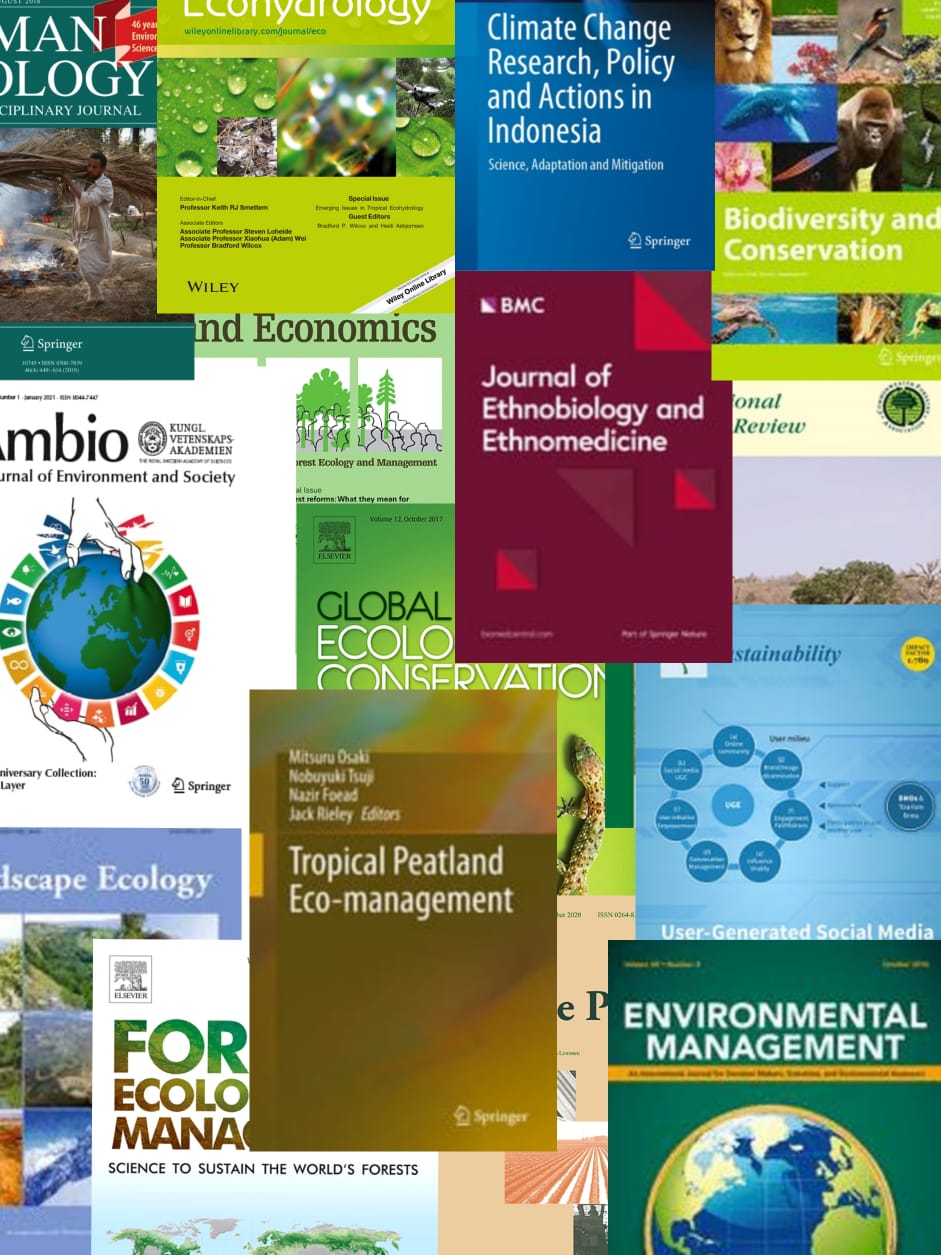The logic of the Clean Development Mechanism (CDM) and other such 'carbon (C) offsets' rests on the notion that the opportunity cost of reducing C emissions is lower in developing countries, creating opportunities for mutually beneficial C trading. While the CDM may offer significant gross financial benefits, there has been little analysis of the opportunity costs of foregone resource exploitation and development opportunities. In addition to assessing the potential for net benefits, this paper also considers the practical implications for design and implementation of C offsets for forest conservation and agroforestation in Indonesia. Virtually nothing is known about these administrative factors, and their associated costs, which can also play a decisive role in feasibility of C offset schemes. Data are from field studies in the lowlands of the Indonesian island of Sumatra, where forests and derived land uses are broadly representative of the lowland humid tropical rainforest systems of insular South-East Asia. These data are the basis for assessing the trade-offs between natural forest protection for C sequestration and conversion to other land uses to meet national development objectives that directly affect people's livelihoods. Carbon stocks are analyzed in terms of 'time-averaged' C, an indicator developed for this project. Opportunity costs of land-use alternatives are estimated using standard techniques for economic assessment of investment projects in developing countries. The study finds that imputed timber values are a significant share of the opportunity costs of forest conservation, even for conservative estimates of timber prices. The question of compensating for these foregone values raises complex questions regarding the political economy of Indonesia, since property rights over these resources are highly contentious. These controversies over property rights are also examined within the context of recurrent smoke pollution from land fires in Indonesia, that (among other problems) contribute to greenhouse gas emissions. This smoke is symptomatic of deeper political and institutional problems that raise questions about the permanence of C storage through land-use practices in Indonesia. In comparison to forest conservation, C offsets through agroforestation seem more feasible in Indonesia because property rights over timber from planted trees would be easier to establish and enforce than property rights over timber from natural forests. Although results in this paper look promising, there is still much to be learned about implementation costs, even for the 'easier' case of agroforestation.
View source

